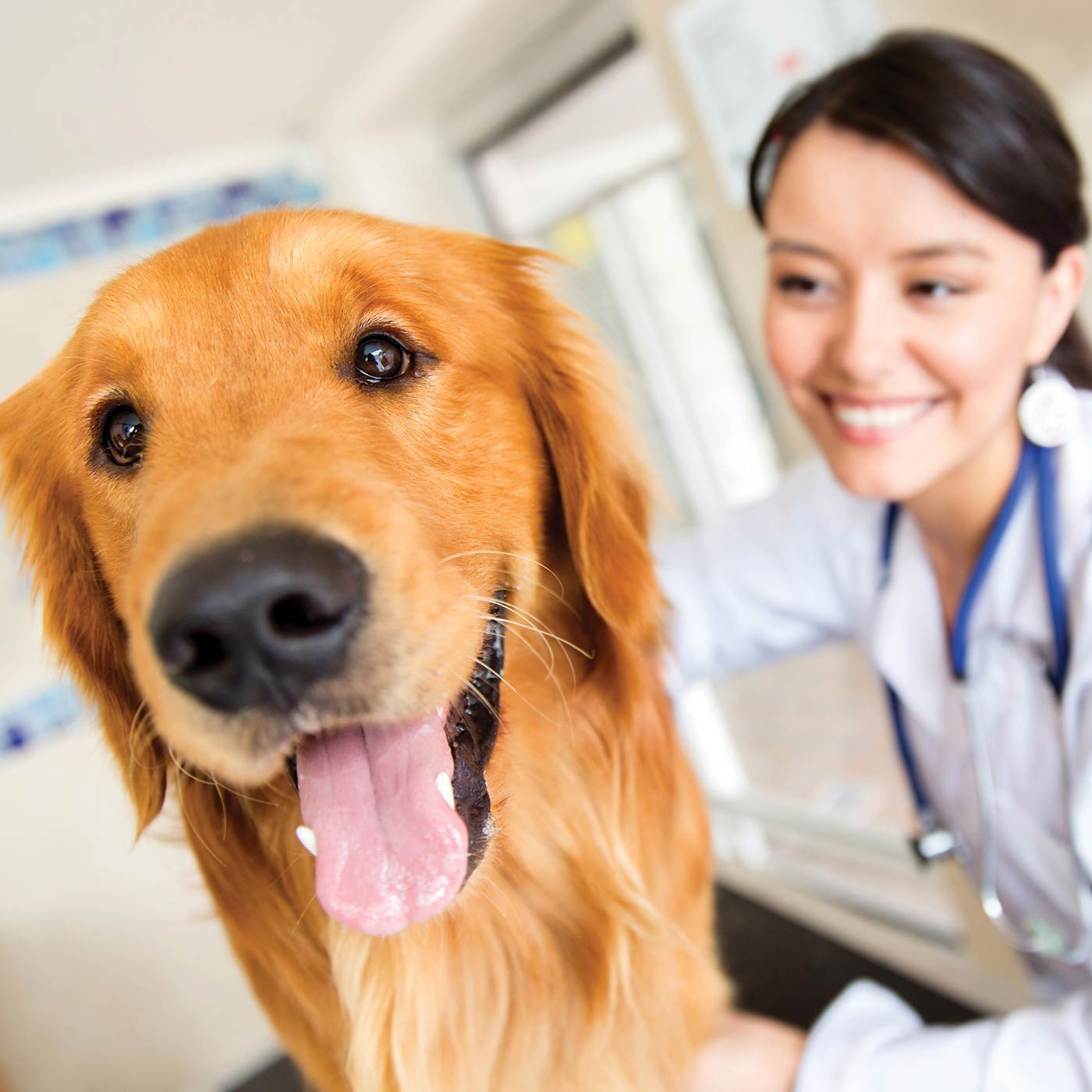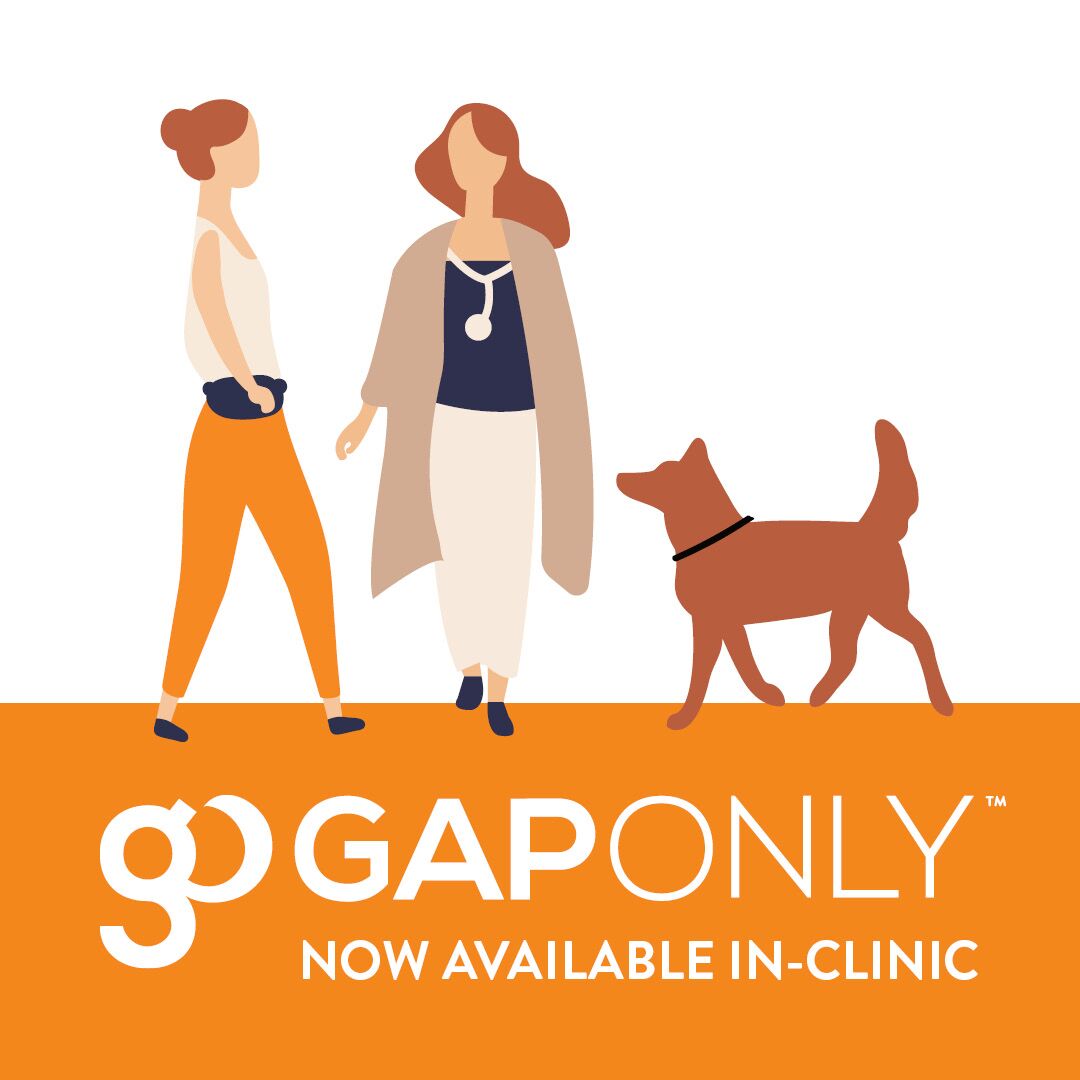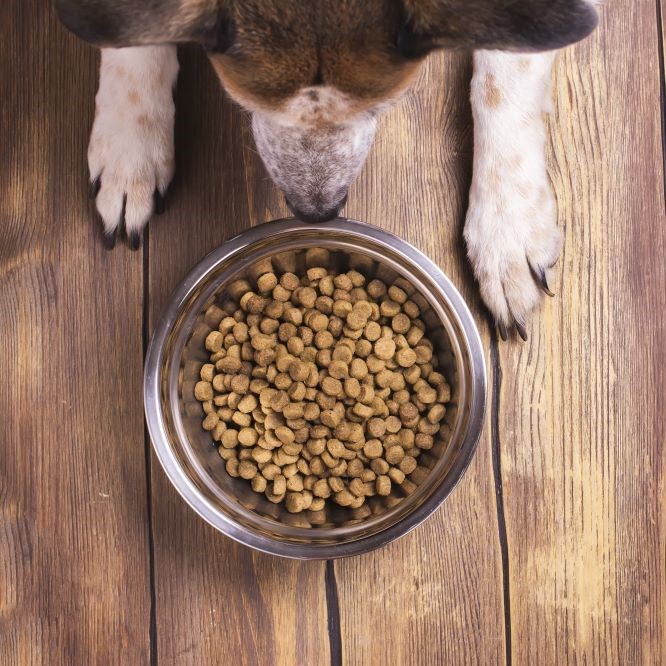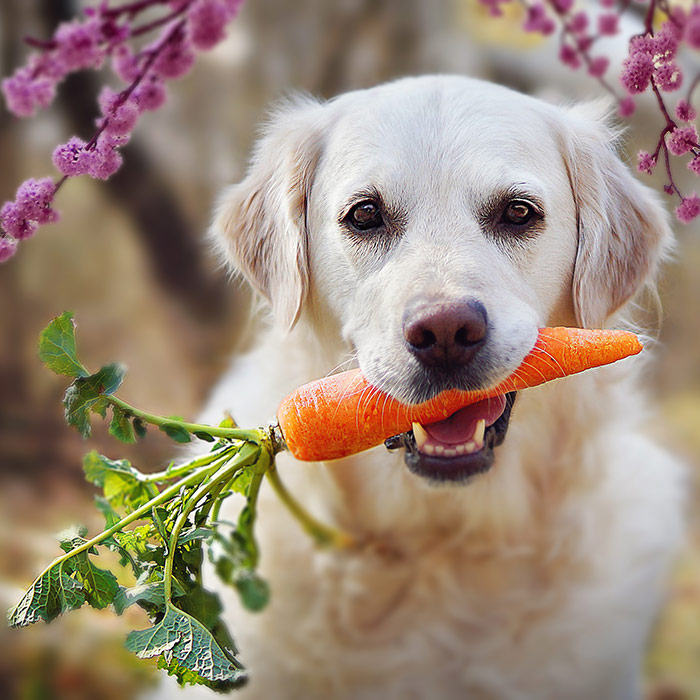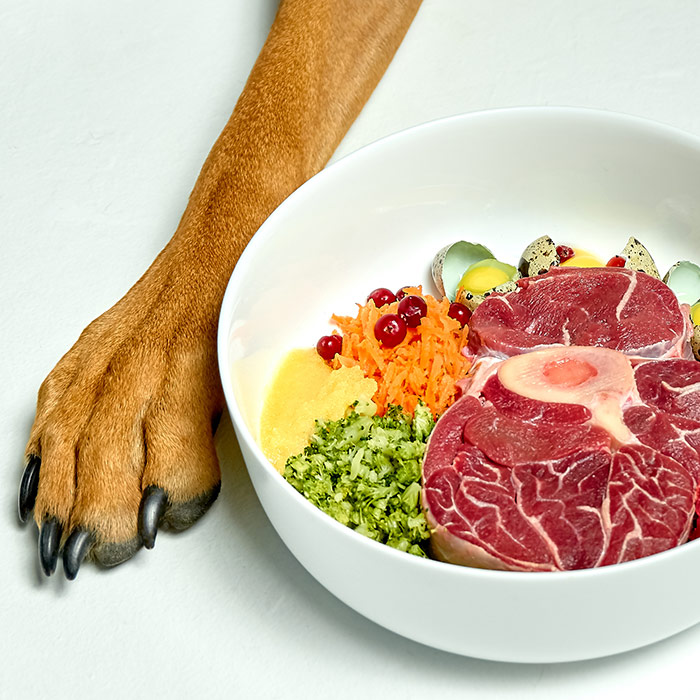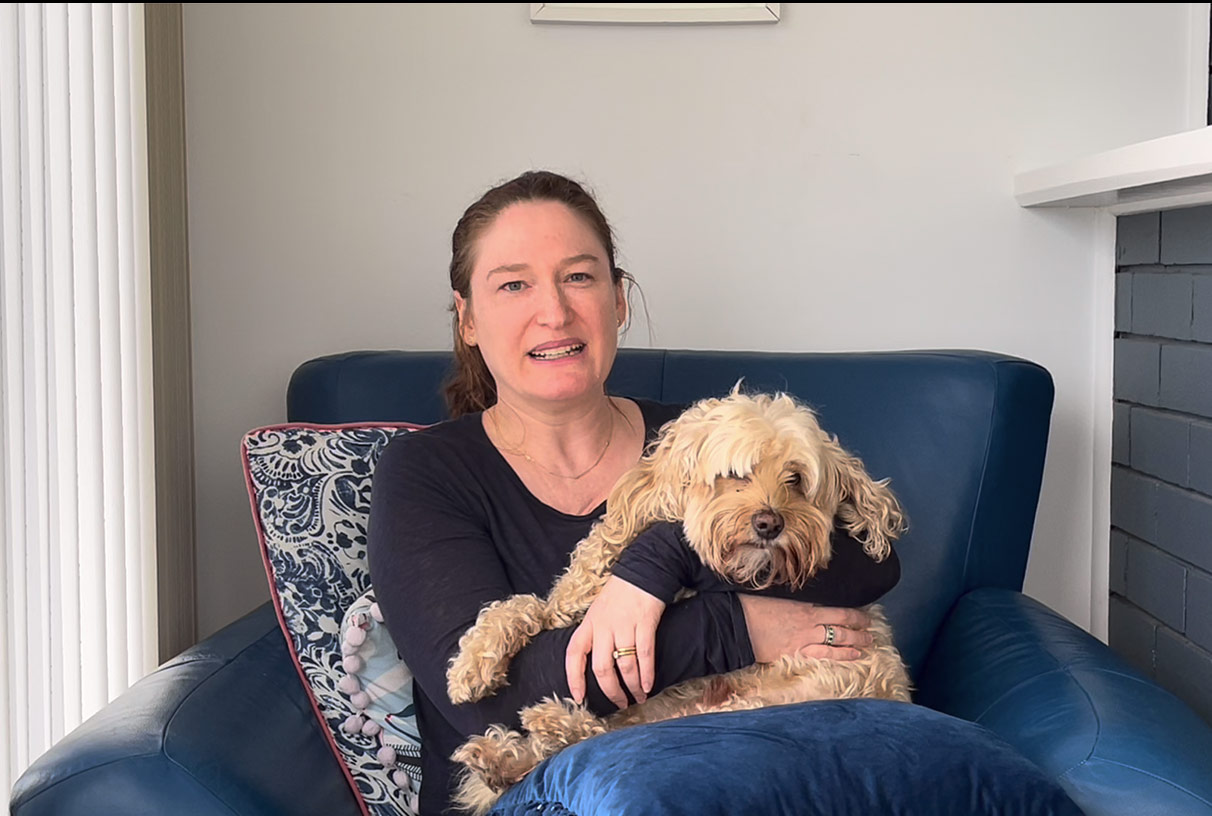Homemade dog food made easy with bonus recipe
If you’ve ever considered preparing homemade food for you dog, but thought it all too complicated, we are here to help! Healthy Active Pet have kindly provided us with their expertise, as well as a fabulous recipe, to make the process as easy as possible.
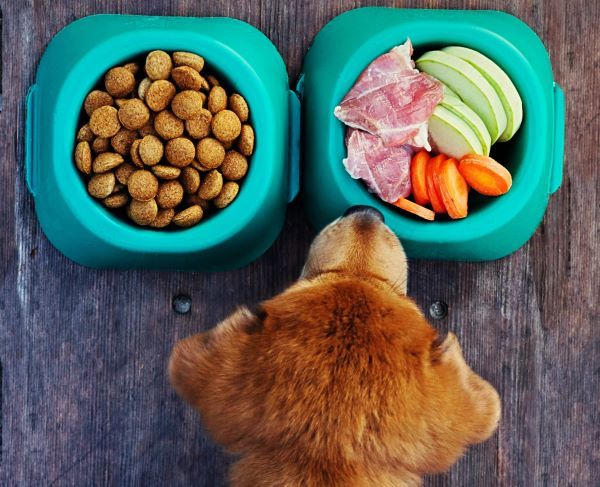
Food for thought
You may be wondering why you should make the effort to prepare homemade dog food when there are so many options available at the supermarket or pet store. Ready-made food is so easy and convenient, and surely it’s good enough for our dogs to eat?
 The reality is that a great deal of commercially made dog food is truly not good enough. The pet food industry is dominated by large corporations that are motivated predominantly by profit and are mass-producing pet “food” that is often loaded with refined carbohydrates, low-grade meat by-products and other nasties.
The reality is that a great deal of commercially made dog food is truly not good enough. The pet food industry is dominated by large corporations that are motivated predominantly by profit and are mass-producing pet “food” that is often loaded with refined carbohydrates, low-grade meat by-products and other nasties.
Kibble is the ultimate convenience food. It was created to benefit us, not our dogs, and it makes meal times so easy for us – just open the bag and pour. While our dogs can survive on these “food-like” substances we are giving them day in and day out, sadly, they are unlikely to thrive.

For optimal health, the food our dogs really should be eating is the simple food their bodies were designed to eat; real, fresh species-appropriate food.
A dog diet to thrive on
Homemade dog food made from real, whole, nutritious foods that you would eat yourself can offer so many health benefits to your fur baby.
A homemade dog diet typically includes a variety of proteins such as lean meats, fish, and eggs, as well as nutritious fruits and vegetables, healthy fats and supplements.
It excludes any processed foods, grains, and fillers. The goal is to provide a diet that is rich in nutrients, enzymes and healthy bacteria that can promote optimal health.
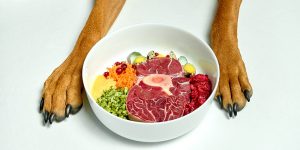
Potential health benefits of homemade dog food
- Control over ingredients – Making your own homemade dog food allows you to have complete control over both the quality and the choice of ingredients.
- Tailored nutrition – Homemade meals can be customised to meet your dog’s specific dietary requirements, taking into account their age, breed, size, and any health issues they may have.
- No harmful additives – Homemade dog food is free from all artificial additives, preservatives, colours, and fillers that are often found in commercial dog food. This can reduce the risk of allergies or digestive issues associated with these additives.
- Better digestibility – Homemade dog food can be easier for some dogs to digest, especially if they have sensitive stomachs. As an added bonus, this is likely to mean firmer poos and fewer stinky farts!
- Improved coat and skin health – A balanced homemade diet that includes essential fatty acids can promote healthy skin and a shiny coat.
- Maintain ideal weight – When you make your own dog food, you can better manage your dog’s calorie intake, helping them maintain a healthy weight.
- Better dental health – By including crunchy vegetables or raw bones in your dogs diet, you can help keep your dog’s teeth clean and reduce the risk of dental issues.
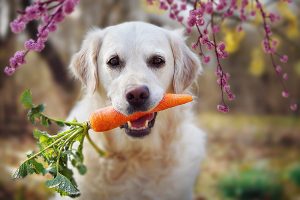
Did you know?
The top two health conditions in dogs in 2023 were stomach issues and skin conditions^. Both are often resolved by switching to an anti-inflammatory fresh diet that supports digestive health.
^according to Petsure claims data
Suggestions for time-poor pet parents
- Cooking in bulk and freezing in portions is a great option to save time and money. Shopping for ingredients in larger quantities also allows you to take advantage of special pricing.
- If you can’t feed exclusively homemade food, you can alternate between a really top quality pre-made food and homemade food, or serve a combination of these per meal.
- If you just can’t make it yourself, a pre-made food from a reputable provider that is minimally processed and clearly labelled with all the ingredients is another nutritious option, albeit probably more expensive than homemade food.
Correct preparation of homemade dog food
Balanced nutrition
 The main reason many people are afraid to feed a home prepared diet, even if they believe that their dogs would benefit from it, is their uncertainty about what nutrients dogs require and in what quantity to keep them healthy.
The main reason many people are afraid to feed a home prepared diet, even if they believe that their dogs would benefit from it, is their uncertainty about what nutrients dogs require and in what quantity to keep them healthy.
Unbalanced diets can lead to nutrient deficiencies or excesses that may harm your dog’s health. The guidance of an expert in this area will prove invaluable, ensuring that your homemade dog food is fully balanced and prepared correctly to meet your dog’s specific nutritional needs.
We recommend that you only use recipes created by an animal nutritionist, such the Chicken & Pork Meatloaf Recipe below from Healthy Active Pet (all their recipes and formulas are created by a Pet Nutritionist and meet AAFCO standards). Finding a supportive vet who will encourage and guide you on this path is another option.
Food safety and hygiene
Whenever preparing homemade dog food it is essential to maintain good hygiene and to handle raw ingredients safely to prevent foodborne illnesses. To significantly reduce the risks associated with handling raw meat, use only human grade meats.
You also need to be aware which human foods are safe for dogs, and which are toxic and must be avoided.

Homemade dog food recipe
Chicken & Pork Meatloaf*
Notes
- This recipe features pork, which is rich in lean protein, high in selenium for thyroid health and supports a healthy metabolism.
- Eggs are not only a binder, but also contain almost every nutrient dogs require, including vitamin D, which may have a positive impact on their weight.
- We have lightly cooked this recipe but you can also serve it raw or fully cooked, depending on your preference.
- This recipe makes 1kg of food, which provides 3 to 4 days of food for a 10kg dog. You can scale up the recipe to make larger quantities.
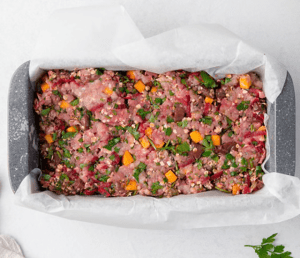
Ingredients
300g pork mince, lean
300g chicken breast mince
50g beef liver, diced
2 eggs, lightly whisked
80g pumpkin, diced
60g celery, diced
45g beetroot, grated
50g oats, quick or blitzed
2tbsp parsley, chopped
1tsp eggshell/calcium
1/8tsp wheatgrass powder
1/8tsp kelp powder
Method
- Preheat your oven to 180 degrees.
- Combine all of the ingredients in a large bowl and mix to fully combine.
- Line a loaf pan with baking paper and place meatloaf in pan evenly.
- Bake for 30 mins and check, draining any liquid as required.
- Return to the oven for another 20 mins or until cooked through.
- Cool and slice into serves to refrigerate or freeze as needed.
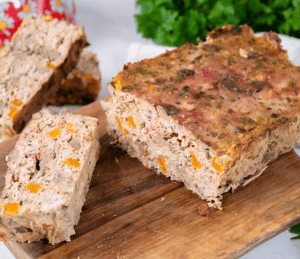
Nutritional information per kilogram
| KCAL/KG | 1118 |
| PROTEIN | 19.05% |
| FAT | 3.66% |
| ASH** | 1.68% |
| MOISTURE | 70.74% |
| FIBRE | 0.85% |
| CARBS | 4.03% |
*This recipe and nutritional information were provided by Healthy Active Pet. To access more nutritious recipes from Healthy Active Pet see here.
**ASH is the mineral content of the recipe (calcium, copper, iron etc)
FAQ
How can I make homemade pet food most cost-effectively?
If you do the maths, you will find that homemade feeding is actually not that much more expensive than feeding a premium dry food, and it’s almost always a lot cheaper than buying a premade fresh food. To make cheaper homemade dog food, we recommend the following:
- Buy on special, plan ahead and shop around. You will often find that markets and butchers have good deals that are worth seeking out (sometimes things like bones and offcuts are kept behind the counter).
- Get to know your butcher, some will provide dog bones and off-cuts for a minimal charge or even for free!
- Freeze! If you have the freezer space to store bulk specials, you can save money that way. A really good way to keep costs down is to buy fruits and vegetables when they are in season and prep for the freezer. When pumpkin is cheap, buy up, cook, mash and freeze. You can do the same with zucchini and a lot of other seasonal produce. It might look at bit soggy or limp once thawed, but your dog won’t care less.
Are there any healthy alternatives to homemade dog food?
A reputable pre-made food that has been minimally processed and is clearly labelled with every ingredient is an easier, yet costlier, way to nourish your dog. This can include raw air and freeze dry foods.
What’s the best diet for dogs?
The best way to feed your fur baby is to provide a whole food diet, either in the form of homemade food using the same nutritious ingredients you would eat yourself, or a reputable pre-made food that has been minimally processed and is clearly labelled with everything it contains.
Should I cook my dog’s food or give raw food?
Cooking meat can destroy or alter some proteins, vitamins, fats, and minerals. In contrast, other nutrients are liberated via cooking as they are not bioavailable in their raw form. Therefore, cooking food makes some nutrients less available and other nutrients more available.
If you are not comfortable feeding raw, or your dog has certain issues that preclude raw feeding, you can lightly cook your dog’s food, which will kill off any pathogens and retain almost all of the nutrients. Just don’t overcook it as this may deplete some heat sensitive nutrients, and remember that cooked food weighs less because water evaporates through heating, so always base your portions on the raw weights.
Should I give bones to my dog?
A very common misconception about feeding bones is that all bones are dangerous. In reality, many raw bones are great for pets and are totally safe.
Raw bones are softer and easier to digest in comparison to cooked or dehydrated bones. Do not give the latter to your dog, as these are dangerous. Cooking or dehydrating bones removes the moisture from the bones which makes them hard and brittle. They can splinter when eaten and be difficult to digest, which can result in harmful intestinal perforations or blockages.
Bow Wow Meow Pet Insurance can help protect you and your dog should an unexpected trip to the vet occur.
-
Find out more about our dog insurance options
-
Get an online pet insurance quote




